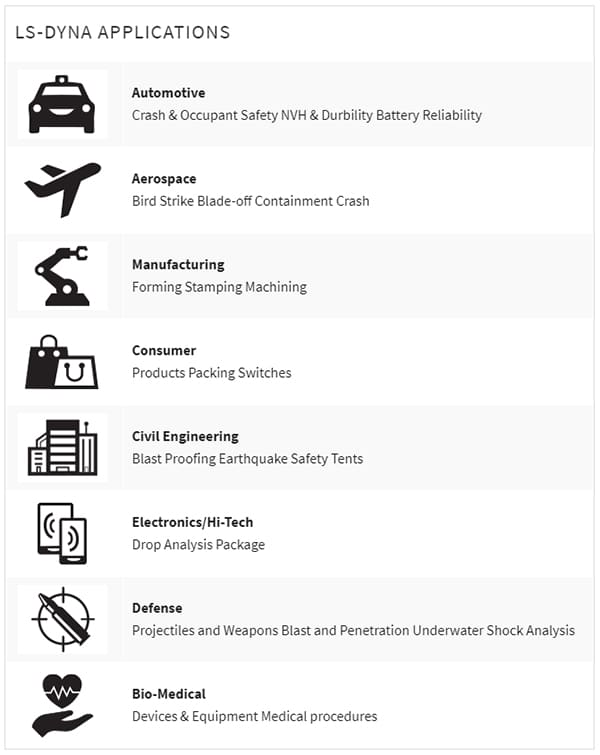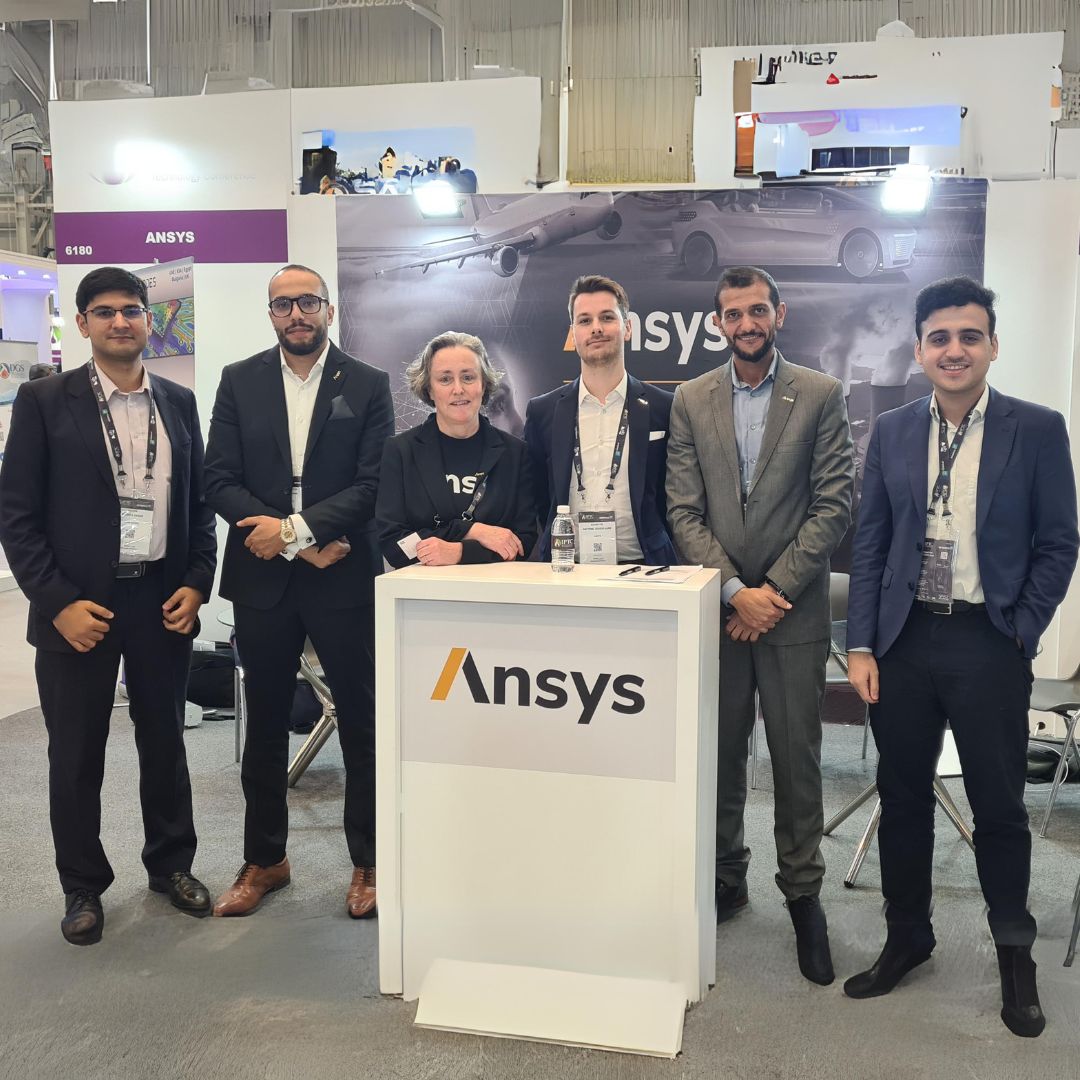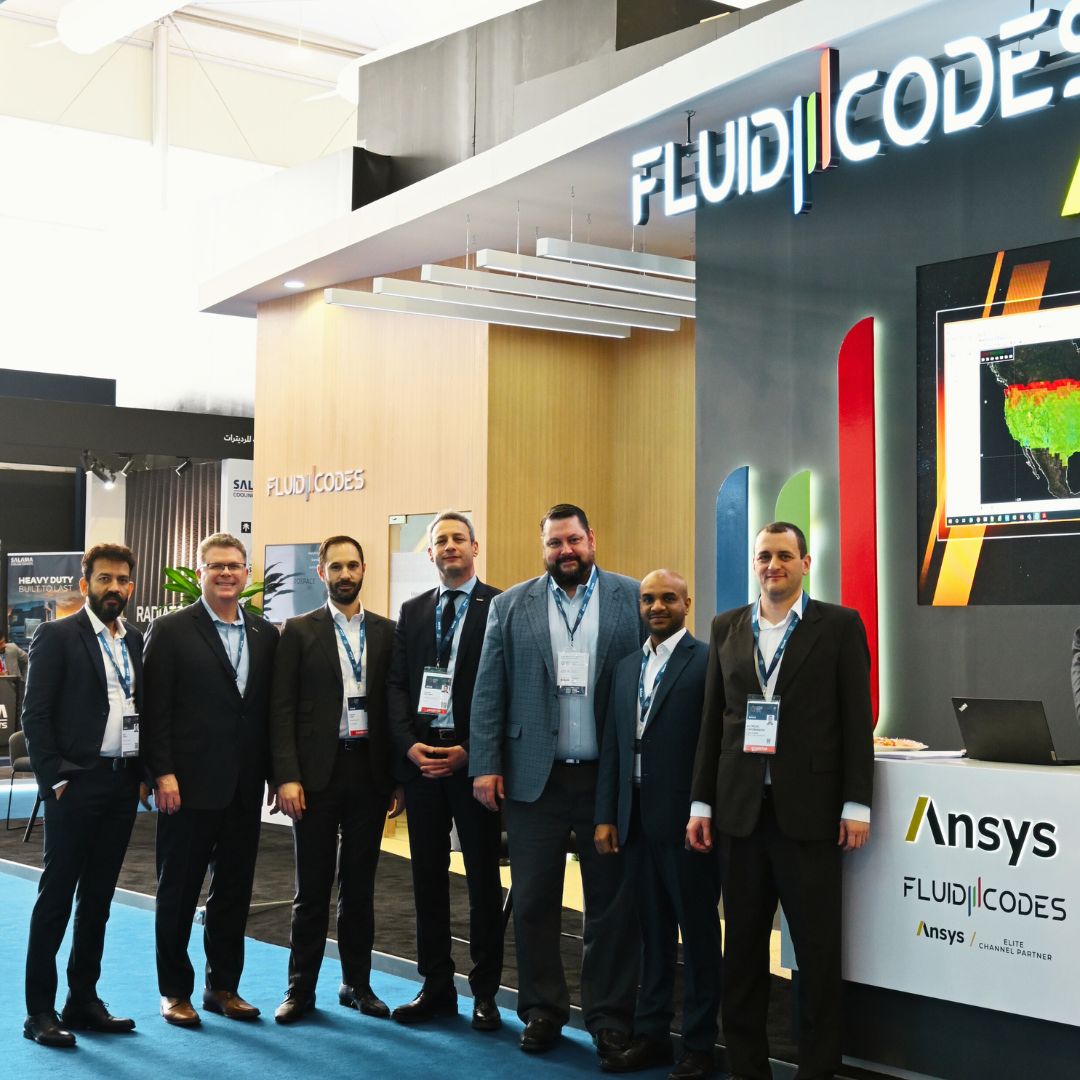How Crash Tests Impact the Electronics Industry
Crash Testing Improves the Service Life of IBM Servers
IBM is a great example of an electronics company that uses crash test simulations to assess their hardware. Instead of tossing dozens of servers onto the ground, IBM uses simulation to perform drop tests virtually.
The goal of these tests is to design server packaging and housings that can withstand the impacts, jostles and shakes of its environment. For instance, a server could drop, experience an earthquake or bounce around inside a shipping truck.
Thanks to simulation, IBM produces server designs and shipping solutions that protect their products in these scenarios. This will improve their customers’ experience, reduce warranty claims and extend the life of equipment — substantially reducing carbon footprints.
To see how IBM used LS-DYNA to perform these simulations, read: Serving Up a Stronger Server.
The challenge is that crashing physical prototypes can become costly — vehicles and electronics are expensive. Additionally, by limiting testing to physical prototypes, engineers must conduct these tests later in development when solving design issues can be pricy.
Complex problems like drop tests require a rich library of material models to simulate numerous materials including metals, ceramics, cardboard, plastics and glass. Engineers use Ansys LS-DYNA’s vast library of material models to accurately predict the product behavior under dramatic loads — like drop tests. This helps them perform crash testing earlier in development and significantly slash physical testing costs.
How Crash Tests Impact the Electronics Industry
When people think of crash tests, they likely imagine a dummy behind the wheel of a car that is launched into a brick wall. As exciting and important as these assessments are, they are the tip of a very large iceberg.
Various other industries, such as those in electronics design, have been using impact tests. For instance, engineers can use crash analysis to tackle a common complaint about cell phones: they tend to experience catastrophic damage when falling from operational height. But these drop tests aren’t limited to cellphones either: monitors, laptops, servers and other electronic components can all benefit from impact testing.
Engineering Tools Available in Ansys LS-DYNA
Even before Ansys acquired Livermore Software Technology Corporation (LSTC), the functionality of LS-DYNA expanded beyond nonlinear dynamics — this functionality will remain. For instance, LSTC ensures the software can support:
- Arbitrary Lagrangian Eulerian method
- Incompressible computational fluid dynamics (CFD)
- Conservation element/solution compressible fluids
- Discrete element method (DEM)
- Electromagnetism
- Element-free Galerkin method
- Fluid–structure interaction (FSI)
- Implicit simulations
- Noise, vibration and harshness (NVH)
- Smooth particle hydrodynamics
- Heat transfer
Various industries can benefit from the nonlinear dynamic simulations of LS-DYNA.

Because LS-DYNA interfaces with Ansys Mechanical, Ansys SpaceClaim and Ansys Workbench, it benefits from all of the pre- and post-processing tools within the software ecosystem.
For instance, engineers can set up a parametric study and bidirectional computer-aided design (CAD) connectivity to assess how changing the geometry affects the impact performance of several design variations.
To learn more about the history, functionality and future of LS-DYNA, as well as other industries that can benefit from using crash testing, read: Ansys Expands Access to Advanced Multiphysics Simulation with LSTC Acquisition.
Finite element geometry of IBM’s 4U power server system that is ready to be crash tested.
Any and all ANSYS, Inc. brand, product, service and feature names, logos and slogans such as Ansys, Ansys LS-DYNA, Ansys Mechanical, Ansys SpaceClaim and Ansys Workbench are registered trademarks or trademarks of ANSYS, Inc. or its subsidiaries in the United States or other countries.





